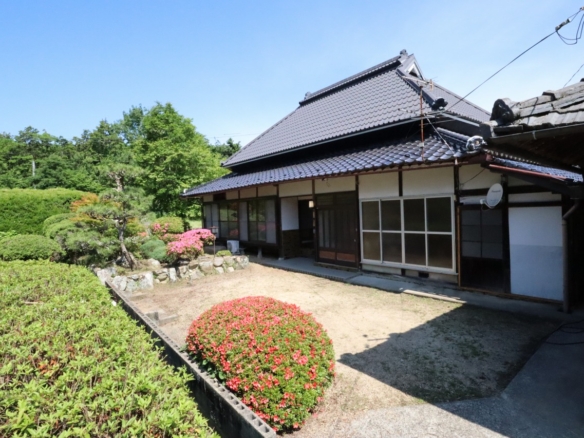In this edition, we feature an interview conducted by Isaac Correa from Amazing Realty with his boss, Edo Wataru, about the real estate world. The result was an honest, practical conversation full of useful information that we’d like to share with you today.
Why is the first month of rent so expensive?
In many cases, you have to pay a security deposit (“敷金 – shikikin“) and a non-refundable gratuity payment to the landlord (“礼金 – reikin“). On top of that, there’s the real estate agent’s commission (“不動産 – fudōsan“), which is usually equivalent to one month’s rent, plus the rent for the current month and sometimes even the following one in advance. It’s also common to be charged additional fees such as fire insurance (“火災保険 – kasai hoken“), lock change fee (“鍵交換費用 – kagi kōkan hiyō“), and if you don’t have a Japanese guarantor (“連帯保証人 – rentai hoshōnin“), you’ll need to hire a guarantee company (“保証会社 – hoshō gaisha“).
Why are some places listed with no shikikin or reikin?
Apartments with no shikikin or reikin —「敷金(しききん)・礼金(れいきん)なし」— are becoming increasingly popular, especially among students and foreigners. Many landlords are adapting to this trend and offering more accessible options from the start. However, it’s important to carefully read the contract, as there may be other costs involved. Always confirm the details with the real estate agency before signing.
Can I share the rent with someone else?
Yes, but it depends on the landlord. Some properties only allow cohabitation between family members or couples. In other cases, it’s completely prohibited. It also requires trust — if one person leaves or stops paying, the other is fully responsible. Issues related to cleanliness, living habits, or space sharing may also arise. It’s important to notify from the beginning if two people will be living there; otherwise, there could be penalties.
What do terms like 1LDK mean?
Terms like 1R, 1K, 1DK, and 1LDK may seem similar, but the key difference lies in the size of the kitchen–dining space, measured in tatami mats (approx. 1.62 m² each):
- 1R (Studio): The living room and kitchen are in the same open space, with no separation.
→ Total size: approx. 15–25 m² - 1K: One main room with a separate kitchen, usually small (under 4.5 tatami mats).
→ Total size: approx. 15–25 m² - 1DK: Separate bedroom and a combined dining-kitchen area measuring 4.5–8 tatamis.
→ Total size: approx. 25–35 m² - 1LDK: Separate bedroom and a Living–Dining–Kitchen area larger than 8 tatamis (>13 m²).
→ Total size: approx. 30–50 m² - 2LDK: Two separate bedrooms plus an LDK space, ideal for couples or small families.
→ Total size: approx. 50–70 m² - 3LDK (or more): Three or more bedrooms plus an LDK space; usually 70 m² or more, suitable for families.
→ Total size: approx. 70–100+ m²
What if I have problems, want to move out, or my contract ends?
Contracts are usually for 1 or 2 years, but it’s possible to leave earlier. In such cases, you must give at least one month’s notice to the property management company (“管理会社 – kanri gaisha“). Depending on the contract, there may be penalties if you leave within the first year, so it’s crucial to check everything carefully from the start.
Also, be mindful of move-out dates. For example, if your contract ends on August 31, but you stay until September 1, even just for one extra day, you’ll be charged for the entire month.



Join The Discussion